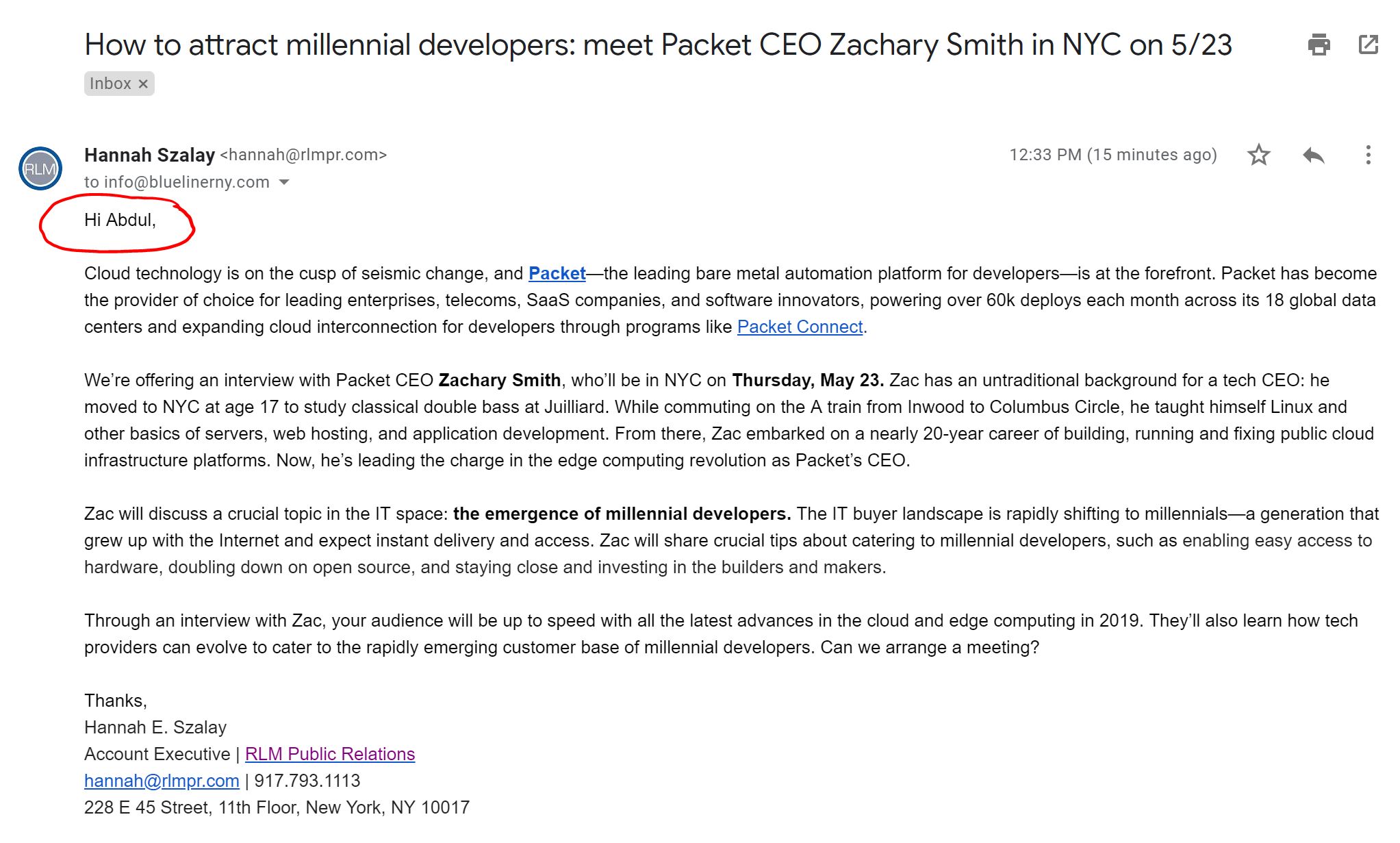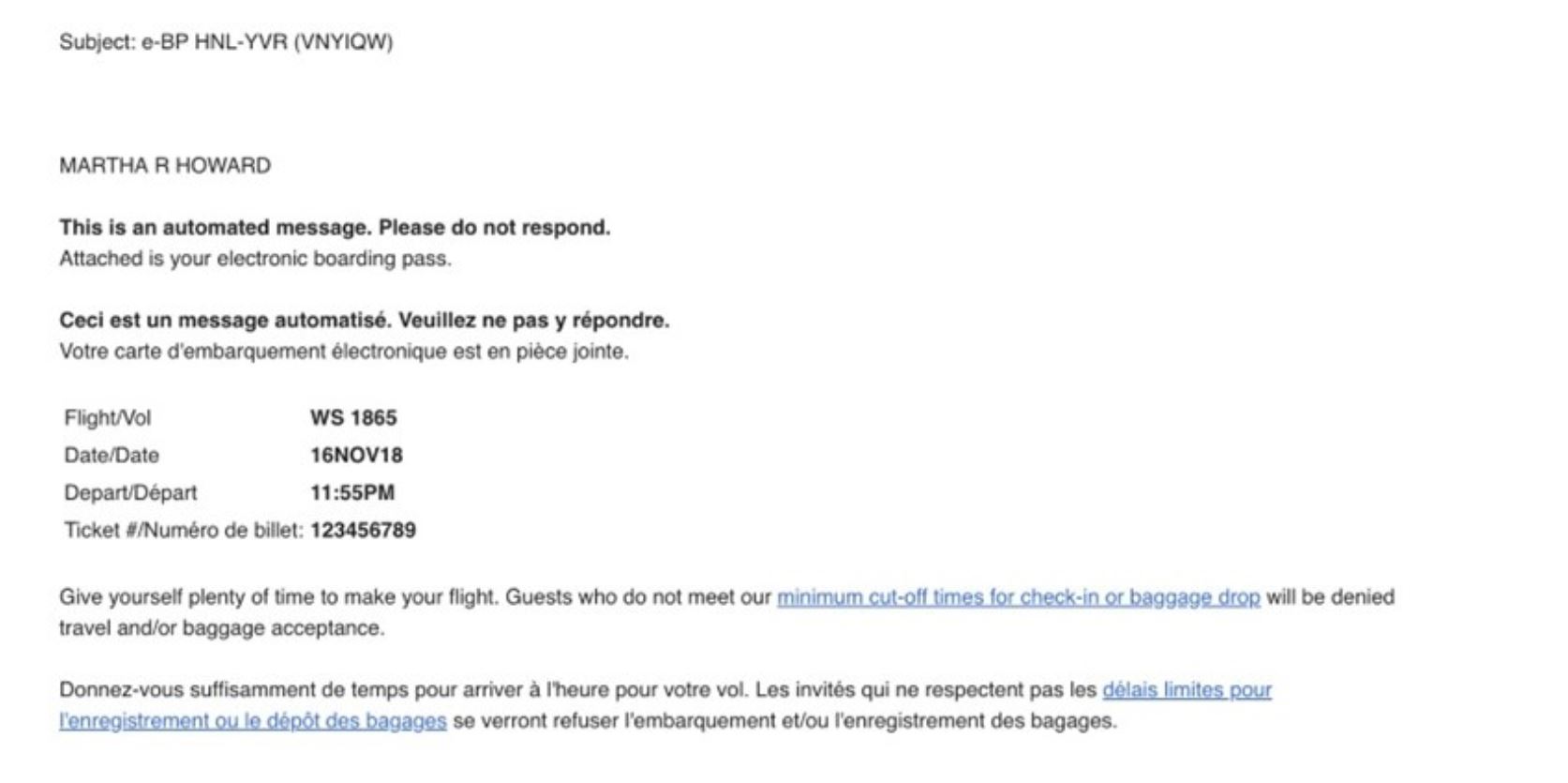When it comes to email marketing content and strategy, there is a wide range of topics to talk about. While trying to distil everything that really matters when it comes to email marketing into a single blog post would prove almost impossible, below are the areas that I consider to be essential.
Email marketing is not dead
First of all, let’s be clear – email marketing is not dead! Currently, there are more than 6.69 billion email accounts in the world and this number is set to grow 18% by 2020 to a staggering 7.91 billion. In terms of actual usage, over 3.8 billion of these accounts are currently active and send/receive around 281 billion emails each day (Radicati Group, 2018). I don’t know about you – but I would consider this as being very much alive.
Besides that, I am aware that there are new and emerging channels (e.g. social, messenger apps, etc.) to communicate with your audience – but email is the most predominant and effective. Consider that more than 60% of customers (those 25 or older in particular) would prefer to be contacted by brands via email (source: Adobe Email Use 2017 – US Report, 2018).
However, with that being said, this doesn’t mean that every email you send will be viewed or read with the same intent with which it was sent.
Let me show you some good, bad and, ugly email marketing examples. Please review and give let us know your thoughts in the comments. After all, it’s all about perspectives – and we’re certainly open to yours.
Let me start with the BAD side of email marketing
It is not only about the content and context; it is also about being personal, PLEASE send the email to the right person. In other words, do your homework! Do some research before sending that sales or marketing email.
If you look at the example below, you will read “Hi Abdul” – and nobody here in Blueliner has that name!
The email has been sent to our general email address. I get it! But, if you really want my attention and my business, take some time to visit and review our website or LinkedIn business page. From there, you will know who works here. If you are not sure who will be receiving the email, then use something like “Hello Blueliner team!”. This is more acceptable than using incorrect names.
I personally receive hundreds of emails a week and only those that are directed to me with information that is relevant to our business do I consider reading. Your client’s time is precious – make your email count, make it personal, and make it real.
Let’s talk about the UGLY
We all have received those emails that are so straight, to the point, and so simple that completely forget about nurturing, personal, and engaging content that will generate a continuous connection to any brand. Every one of those horrible emails is a lost opportunity to create and nurture a connection.
Here is an example from West Jet, a Canadian airline that in my honest opinion needs help, from the subject line to the farewell.
And finally, the GOOD
Oh yes, this email is personalized, the content is all about your customer, and how your service or product will make their life better, with clear actions to take (CTA’s) and what other products or services you may offer that will enhance their experience.
Once again, make it count! Whether you are working with a B2B or B2C audience, remember we are talking to people! We are not talking to companies or businesses. It is a person that will receive, open, read, and ideally, love that email.
The message itself includes everything that I needed to know about my booking. But there are still higher levels in the email game. Airbnb goes even further to not only include links to change the reservation, contact the host, or contact Airbnb support – they also include referral offers and links to add-on “experiences”, or in other words, contextually placed upsells that ad real value for you and generate revenue for them.
There’s enough included in the email that the user doesn’t need to click through if they don’t want to but the options provided are engaging and offer value, without crossing the line into it being overwhelming’
I hope these examples give you a perspective on the content, context, and format for successful emails. My top recommendation is to put yourself in your customer’s shoes and think about what would like to read and what would be interesting for you.
Remember, it’s all about earning your customer’s attention and providing useful information that will enhance their job and or life to generate meaningful and fruitful connections.
Happy emailing!








